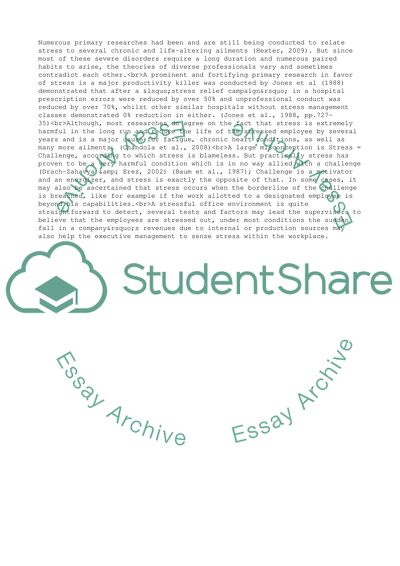Cite this document
(“The Link Between Stress And Work Outcomes Research Paper”, n.d.)
The Link Between Stress And Work Outcomes Research Paper. Retrieved from https://studentshare.org/management/1730911-stress-in-business-management-skils
The Link Between Stress And Work Outcomes Research Paper. Retrieved from https://studentshare.org/management/1730911-stress-in-business-management-skils
(The Link Between Stress And Work Outcomes Research Paper)
The Link Between Stress And Work Outcomes Research Paper. https://studentshare.org/management/1730911-stress-in-business-management-skils.
The Link Between Stress And Work Outcomes Research Paper. https://studentshare.org/management/1730911-stress-in-business-management-skils.
“The Link Between Stress And Work Outcomes Research Paper”, n.d. https://studentshare.org/management/1730911-stress-in-business-management-skils.


